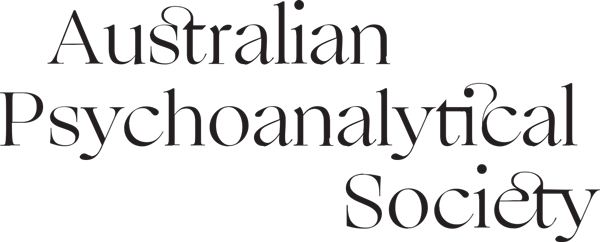
Currently training to qualify as a child and adolescent psychoanalyst is only available to students who have completed our training in adult psychoanalysis. Like the adult training, the course is split over three core components.
We are currently working on a new IPA approved pathway called the Integrated Training Track, which will enable students to study in child and adolescent work alongside their adult training. Contact us for more details.
The three components of training are:
Supervised clinical work ↓
The training consists of supervised clinical work, and to represent a range of experiences, requires students to see two cases from three different categories – ideally a boy and girl. These categories are a child under five, a child of latency age (approx. age 5–12) and an adolescent. Your patients would be seen four or five times a week for about a year. In special circumstances the training committee might accept a patient treatment carried out just three times a week.
Each case will have a different supervisor, who will be available to you for the duration of the psychoanalysis to offer their expert insight and guidance.
Candidates may wish to undertake a second infant or related observational experience as part of their training. This is not obligatory.
Theoretical seminars ↓
A reading course will be provided. As a postgraduate program that builds on training in adult psychoanalysis, students will be encouraged to pursue their own particular interests, publications or research activities.
Family case management ↓
Parents play a crucial role in the development of a child. As such, your work may come to involve essential psychotherapy with a parent or guardian of a child, possibly those of a child being seen by another analyst or fellow student.
